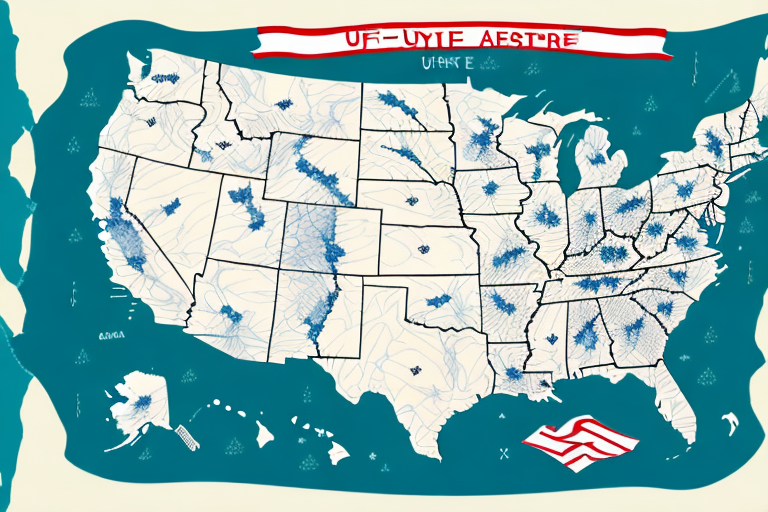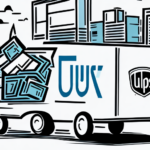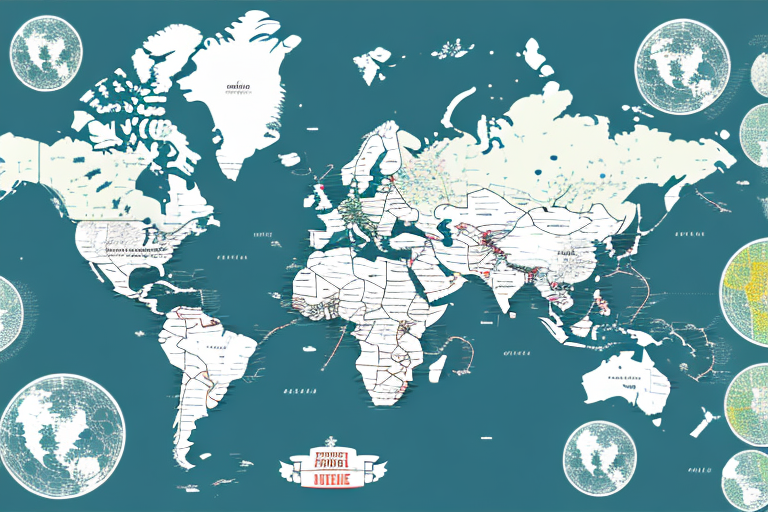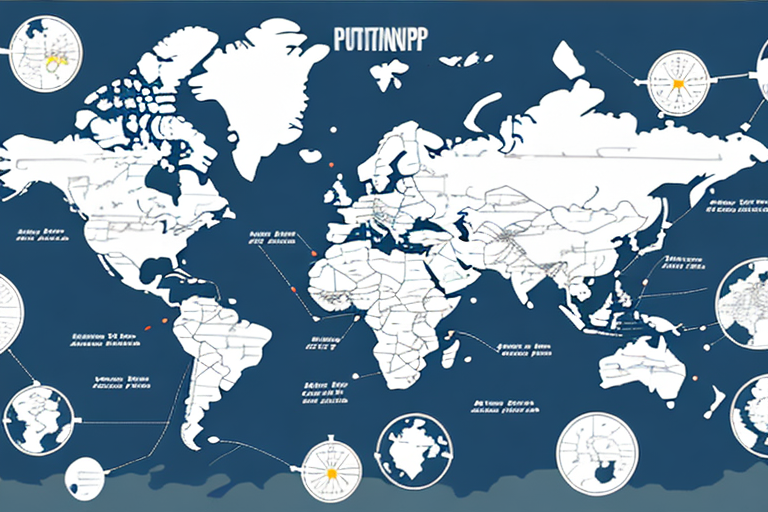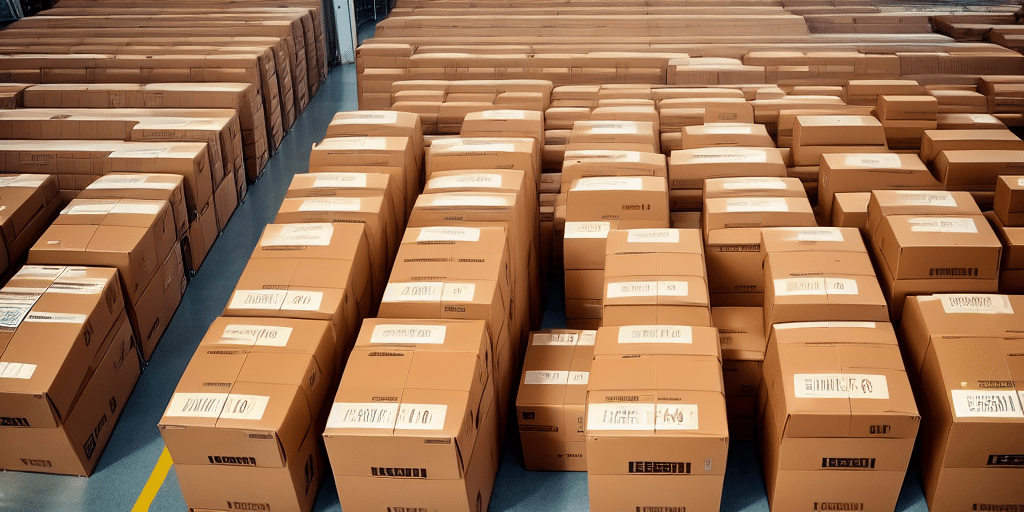Understanding the USPS Zone System
The USPS Zone system, also known as the Distance-Based Pricing System, is a method used by the United States Postal Service (USPS) to calculate shipping charges based on the distance between the origin and destination ZIP codes. The United States is divided into nine zones, with Zone 1 being the nearest and Zone 9 being the farthest.
How USPS Calculates Shipping Costs
USPS determines the shipping cost by considering the package's distance, weight, and dimensions. The farther the distance between the origin and destination, the higher the shipping cost. For example, shipping a package from New York (Zone 1) to California (Zone 8) will cost more than shipping it within the same state.
How to Find Your Shipping Zone
To identify your shipping zone, USPS offers a free Zone Lookup tool on their official website. By entering the origin and destination ZIP codes, you can quickly determine the applicable zone for your shipment.
Importance of Knowing Your Shipping Zone
Understanding your shipping zone is crucial for several reasons:
- Cost Management: Accurate zone identification helps in estimating shipping costs effectively.
- Product Pricing: Knowledge of shipping zones allows for competitive pricing strategies, enhancing profit margins.
- Delivery Timelines: Providing accurate delivery estimates improves customer satisfaction.
Optimizing Your Shipping Strategy
By analyzing the most frequent shipping zones for your business, you can strategically place inventory in warehouses closer to high-demand areas. This reduces shipping times and costs, enhancing overall efficiency.
Managing Your Logistics Budget
Efficiently managing shipping zones helps in forecasting logistics expenses, allowing for better budget allocation and financial planning.
Factors Affecting Shipping Costs Across Different Zones
Several factors influence shipping costs within different USPS zones:
Distance Between Origin and Destination
The primary factor is the physical distance. Longer distances require more resources, leading to higher costs.
Fuel Prices and Infrastructure
Fluctuations in fuel prices and the quality of roadway infrastructure can impact shipping costs. Regions with better infrastructure may incur lower transportation costs.
Package Weight and Size
Heavier and larger packages cost more to ship. USPS offers various pricing tiers based on weight and dimensions, making it essential to optimize packaging to minimize costs.
Strategies to Save Money on Shipping Costs
Implementing effective strategies can help reduce shipping expenses:
Using Flat Rate Boxes
USPS offers Flat Rate Boxes that allow for predictable shipping costs regardless of distance, ideal for heavy or bulky items.
Taking Advantage of Online Shipping Discounts
By printing shipping labels online through USPS, businesses can save up to 16% on Priority Mail and up to 60% on Express Mail. Visit the USPS online shipping portal to access these discounts.
Package Consolidation and Dropshipping
Consolidating multiple packages into a single shipment or utilizing dropshipping can significantly reduce shipping costs by minimizing the number of shipments required.
Benefits of USPS Regional Rate Boxes
The USPS Regional Rate Boxes program offers significant advantages for zone-based shipping:
- Cost Savings: Save up to 50% compared to standard Priority Mail rates.
- Weight Flexibility: Regional Rate Boxes can handle packages up to 20 pounds.
- Simplicity: Pre-printed labels streamline the shipping process, reducing administrative tasks.
Enhanced Tracking and Insurance
Regional Rate Boxes include free delivery, insurance, and tracking, ensuring that your packages are secure and their status can be easily monitored.
Common Mistakes to Avoid When Using USPS Zones
Avoiding common pitfalls can lead to more efficient shipping operations:
- Incorrect Zone Identification: Always verify zones using the official USPS tool to prevent underestimating costs.
- Improper Packaging: Use appropriate packaging to avoid additional fees for oversized or irregularly shaped packages.
- Neglecting Weight and Dimensions: Accurately measure and weigh packages to ensure correct pricing.
- Selecting the Wrong Service: Choose the USPS service that best fits your shipment needs to avoid unnecessary expenses.
Impact of COVID-19 and the Future of USPS Zone-Based Shipping
The COVID-19 pandemic significantly impacted the USPS by increasing shipping demand and causing supply chain disruptions. These challenges led to rising shipping costs and occasional delays, particularly in higher zones. However, USPS has implemented measures to mitigate these issues, including enhanced safety protocols and expanded capacity.
Technological Advancements
The future of USPS zone-based shipping is poised for advancements in technology, such as:
- Automated Sortation: Improving efficiency and reducing processing times.
- Enhanced Tracking: Providing real-time updates and better package visibility.
- Improved Shipping Processes: Streamlining operations to lower costs and increase reliability.
Competitive Landscape
As more businesses adopt advanced shipping solutions, competition for USPS resources may intensify, potentially affecting shipping costs. Staying informed and adapting to these changes is crucial for maintaining cost-effective shipping practices.
Conclusion
Understanding USPS Zones and their impact on shipping costs is essential for effective logistics management and cost control. By leveraging strategies such as utilizing Regional Rate Boxes, taking advantage of online discounts, and avoiding common mistakes, businesses can optimize their shipping processes and remain competitive in the market.















